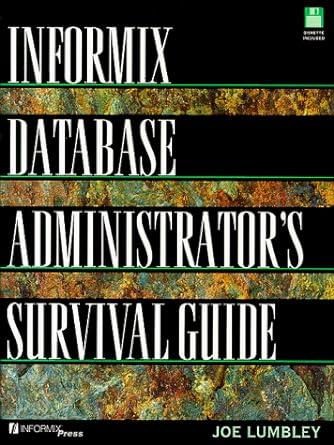Question
Lets go back to the original motivation for the Minimum Spanning Tree Problem. We are given a connected, undirected graph G = ( V ,
Lets go back to the original motivation for the Minimum Spanning Tree Problem. We are given a connected, undirected graph G = (V , E) with positive edge lengths {le}, and we want to find a spanning subgraph of it. Now suppose we are willing to settle for a subgraph H = (V , F ) that is denser than a tree, and we are interested in guaranteeing that, for each pair of vertices u, v ? V, the length of the shortest u-v path in H is not much longer than the length of the shortest u-v path in G. By the length of a path P here,we mean the sum of le over all edges e in P.
Heres a variant of Kruskals Algorithm designed to produce such a subgraph.
. First we sort all the edges in order of increasing length. (You may assume all edge lengths are distinct.)
. We then construct a subgraph H = (V , F ) by considering each edge in order.
. When we come to edge e = (u,v), we add e to the subgraph H if there is currently no u-v path in H. (This is what Kruskals Algorithm would do as well.) On the other hand, if there is a u-v path in H, we let duv denote the length of the shortest such path; again, length is with respect to the values {le}. We add e to H if 3(le) duv.
In other words, we add an edge even when u and v are already in the same connected component, provided that the addition of the edge reduces their shortest-path distance by a sufficient amount.
Let H = (V , F ) be the subgraph of G returned by the algorithm.
(a) Prove that for every pair of nodes u, v ? V, the length of the shortest u-v path in H is at most three times the length of the shortest u-v path in G.
(b) Despite its ability to approximately preserve shortest-path distances, the subgraph H produced by the algorithm cannot be too dense. Let f(n) denote the maximum number of edges that can possibly be produced as the output of this algorithm, over all n-node input graphs with edge lengths. Prove that


Step by Step Solution
There are 3 Steps involved in it
Step: 1

Get Instant Access to Expert-Tailored Solutions
See step-by-step solutions with expert insights and AI powered tools for academic success
Step: 2

Step: 3

Ace Your Homework with AI
Get the answers you need in no time with our AI-driven, step-by-step assistance
Get Started


